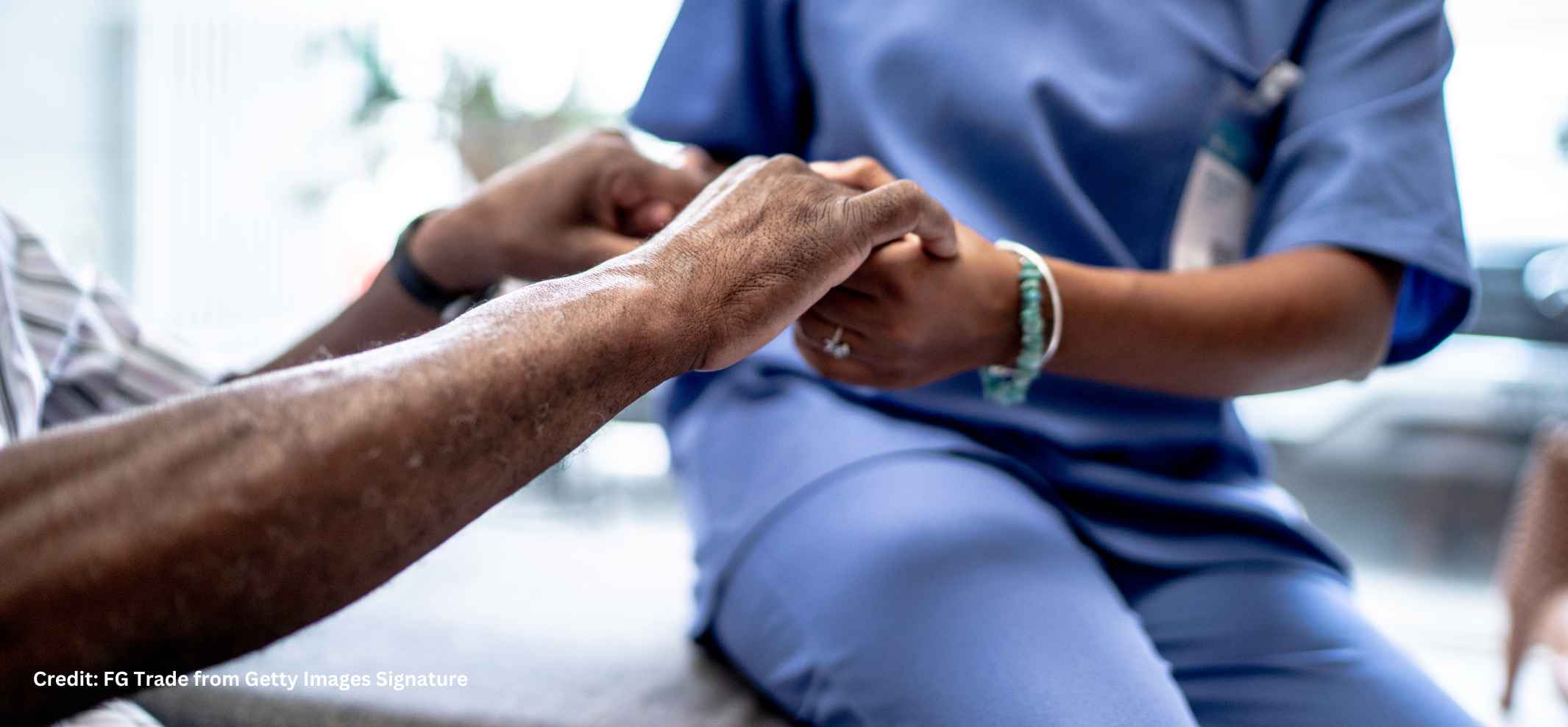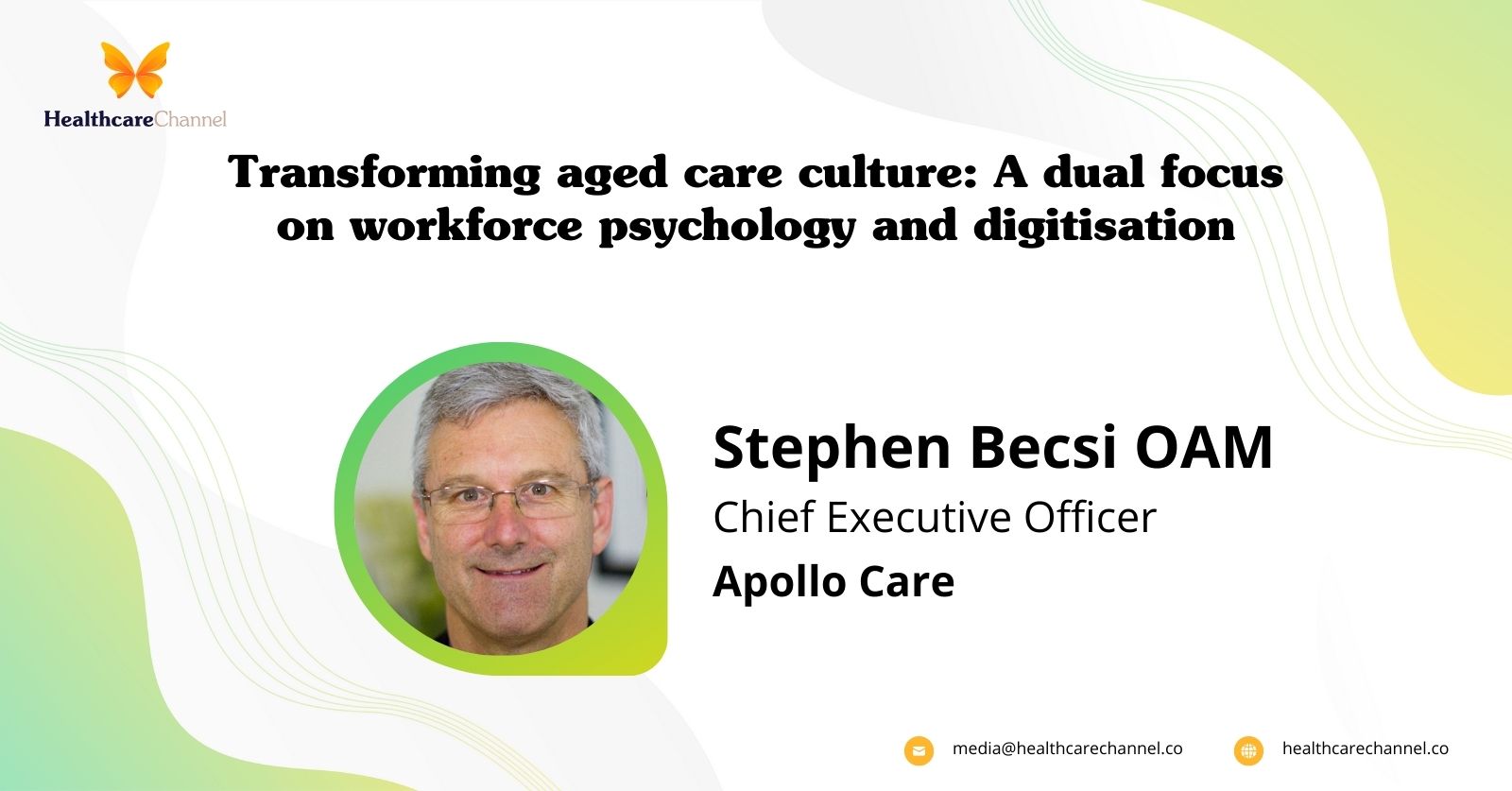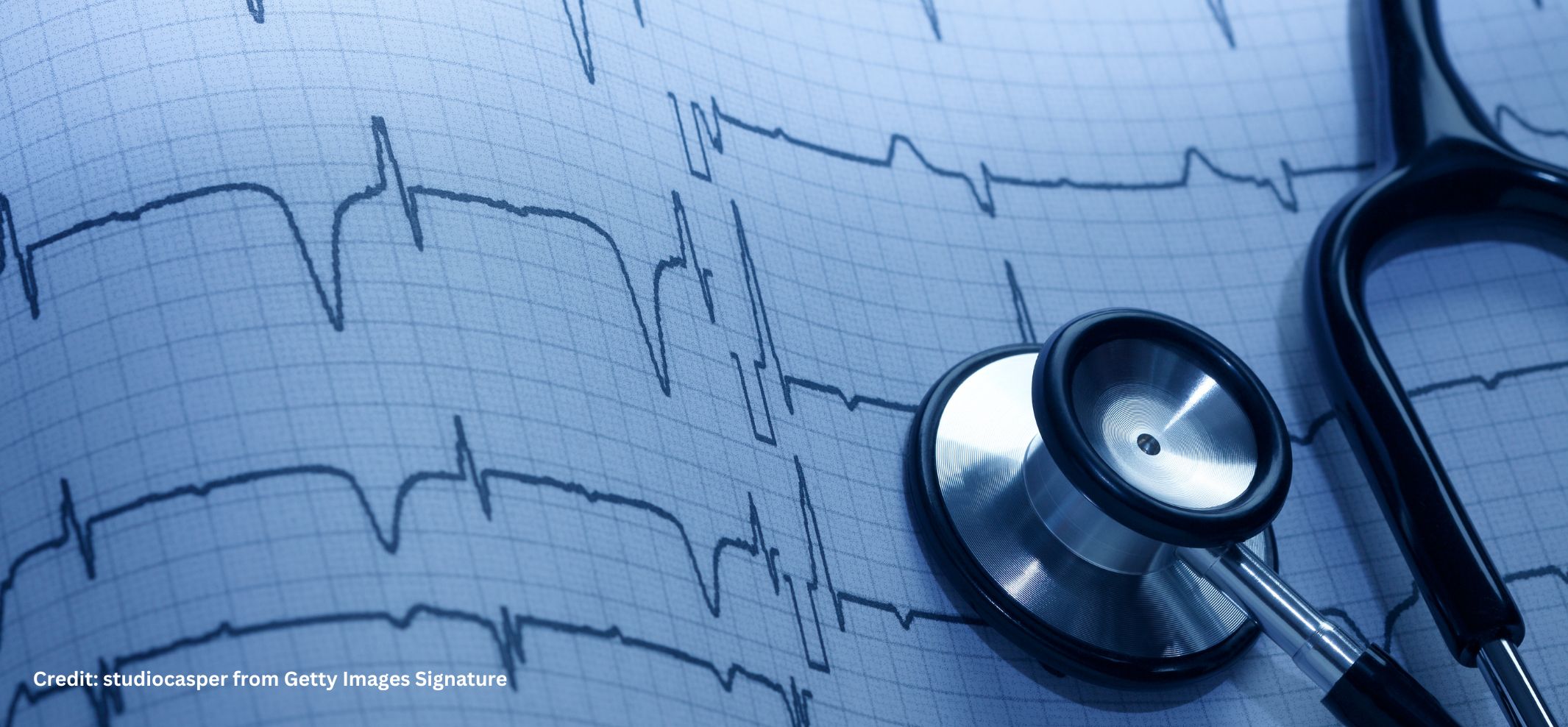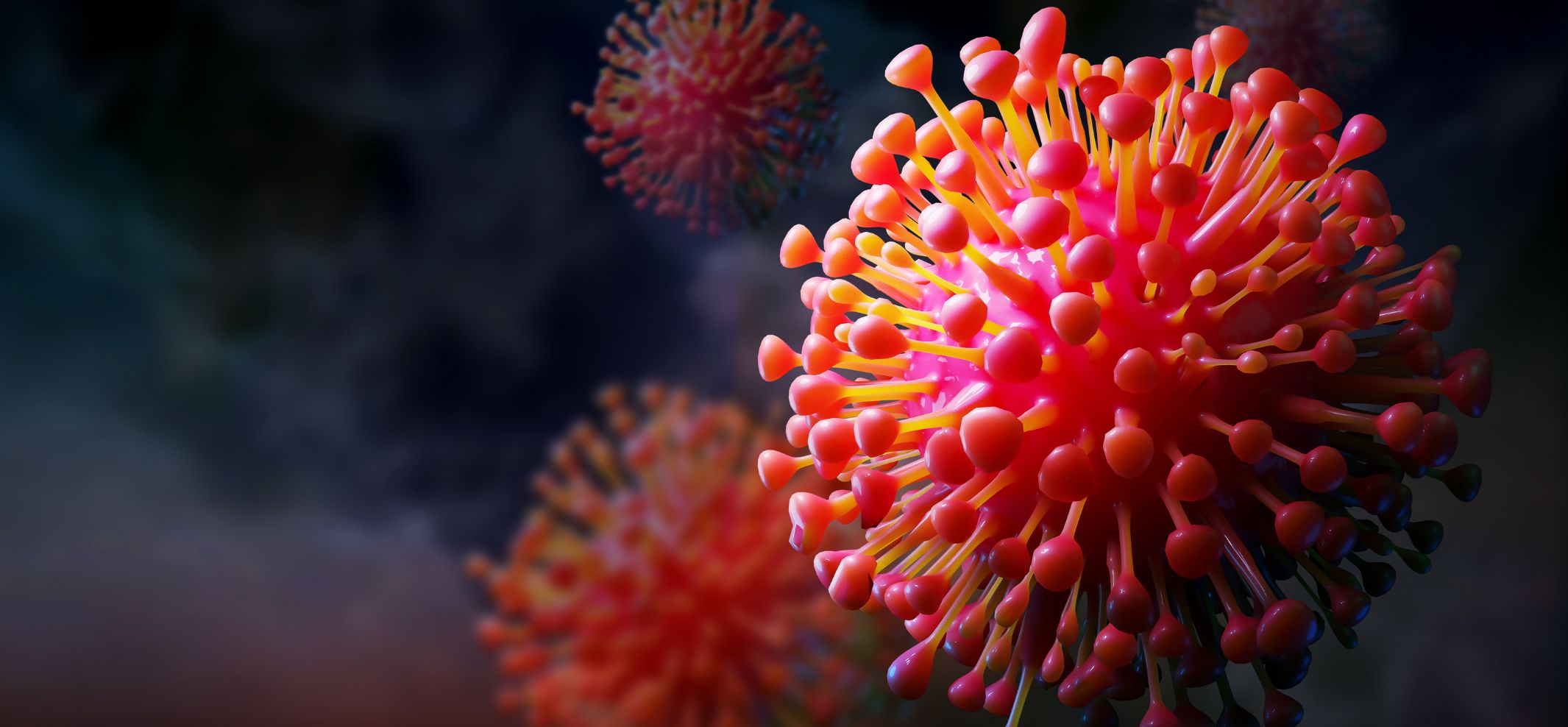Enquiries for bipolar disorder increased by 309% at The Banyans Healthcare in 2022, highlighting the need for more understanding and support for the estimated 3% of Australians living with the condition.
While there is often a stigma associated with all mental health illnesses, a lack of understanding of the condition can mean bipolar disorder is especially stigmatised. It’s estimated that one in 50 Australians will experience the disorder each year, with mental health conditions often developing for the first time in their teenage years or early adulthood.
The Banyans Healthcare saw enquiries for bipolar disorder increase by a staggering 309% in 2022 compared with 2021. While the exact cause is unknown, research suggests that it is the most likely psychiatric disorder to be passed down from family, with nearly 80% of diagnoses being genetic, while other contributing factors include stress, physical illnesses and substance use.
It’s estimated 3% of the Australian population lives with a form of bipolar disorder. It can be difficult to carry out day-to-day tasks, work, attend school and maintain relationships.
There are several types of bipolar disorder and related disorders, such as cyclothymic disorder, characterised by persistent and unpredictable changes in mood, and psychosis, which is when people experience an episode of mania and may hallucinate.
Peter Hayton, Chief Psychologist at The Banyans Healthcare, said for most people the disorder is life-changing but with treatment and support, individuals can live a normal life.
“Bipolar disorder causes extreme mood changes in people with periods of feeling really high, active and euphoric, known as mania or hypomania, but then they also have phases of feeling down or low, known as depression – these mood changes can last a week or more,” Hayton said.
“It’s a diverse condition that can have a major impact on the average person’s day-to-day life. When living with bipolar disorder, individuals often find themselves either productive or completely disinterested at work and sometimes even struggle to maintain relationships due to mood fluctuations,” he said.
Sadly, individuals with bipolar disorder can be severely misunderstood with popular culture unhelpfully using terms like ‘crazy’ or ‘manic’ instead of portraying a realistic example of mood fluctuation.
The stigma associated with mental illness is pervasive, making the individuals form negative attitudes and behaviours about themselves resulting in them being less likely to acknowledge their illness, seek help and treatment, and have problems with employment and social situations.
Ruth Limkin, Chief Executive Officer at The Banyans Healthcare, said bipolar disorder is a manageable condition with appropriate medical, emotional and physical support.
“Although bipolar disorder is a lifelong condition, individuals can live a stable life when equipped with appropriate medication and effective coping strategies. Treatment for bipolar disorder is aimed to help individuals manage their condition with therapies involving medical and psychiatric treatment, psychological support, and physical exercise are all critical aspects of obtaining lifestyle balance and continued emotional well-being,” she said.
“The Banyans Healthcare provides sustainable, long-term routines that can help individuals with bipolar disorder find emotional balance and regain the fullness of life in a healthy way with support at every step of the way.”
On this World Bipolar Day (30 March 2023), Australians are encouraged to change their perceptions of bipolar disorder and learn about the signs and symptoms. The Banyans recognises that whilst there isn’t a ‘one-size-fits-all’ treatment for bipolar disorder, the condition is manageable with medical, emotional and physical support. For more information on programs available, visit thebanyans.com.au.
Ritchelle is a Content Producer for Healthcare Channel, Australia’s premier resource of information for healthcare.





















